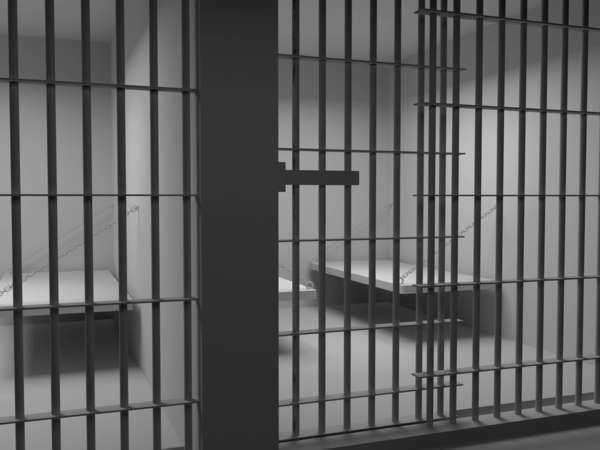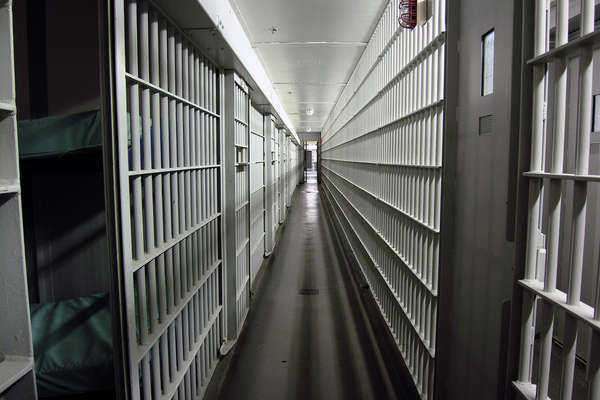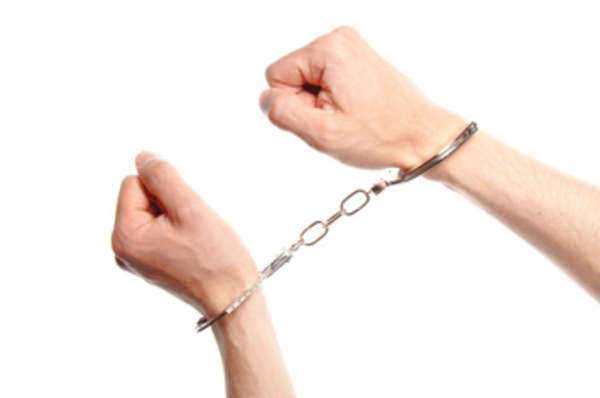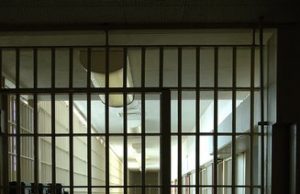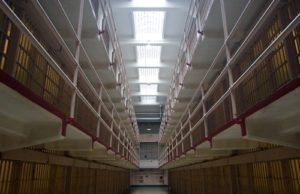Is It Possible to Preventing Recidivism

One of the major objectives of penology is to find ways to reduce recidivism. Recidivism occurs when a repeat offender, or a person who has previously committed a criminal offense, commits an additional crime, even if the second crime is completely unrelated to the original offense. However, recidivism usually develops when an individual commits a secondary offense that is similar to the original offense.
In order to reduce the chance of a repeat offender committing a crime, many jurisdictions have adapted three strike rules in order to make it less likely for a repeat offender from becoming a career criminal. Most often, recidivism develops in conjunction with substance abuse.
It is considered more likely that an individual will become a repeat offender if the patient has been diagnosed with a degree of psychopathy. In terms of recidivism, the repeat offender psychopath is identified by an uninhibited gratification due to criminal, sexual, or aggressive impulses.
The more important element, however, in identifying is a psychopath is likely to become a repeat offender is if there is an inability to learn from past mistakes. Psychopathic behavior presents an increased risk of recidivism because of antisocial behavior and a pronounced lack of remorse over their actions.
Rates of recidivism are on the rise. According to a 2003 report, nearly seven in ten males will become repeat offenders and return to jail within three years. Part of the problem arises from the fact that a criminal offense can make it difficult to lead a normal life.

